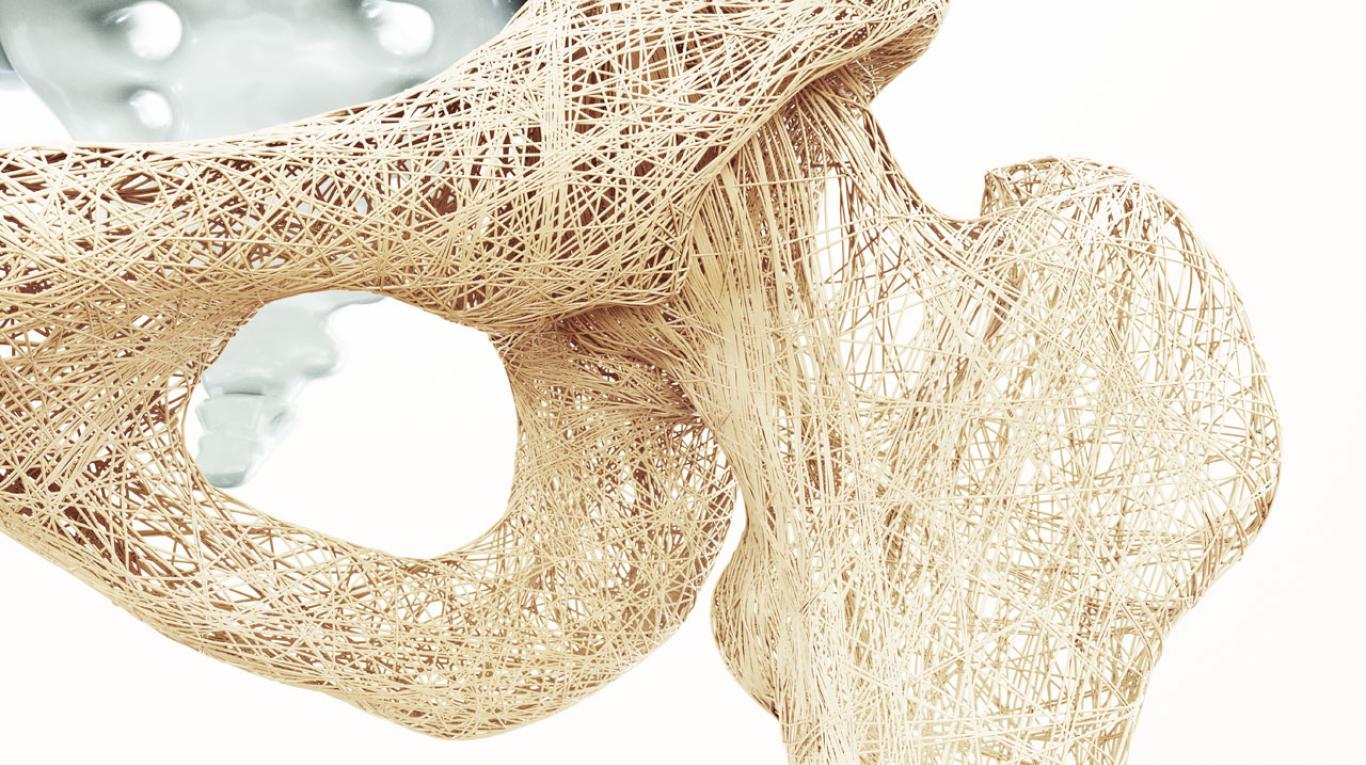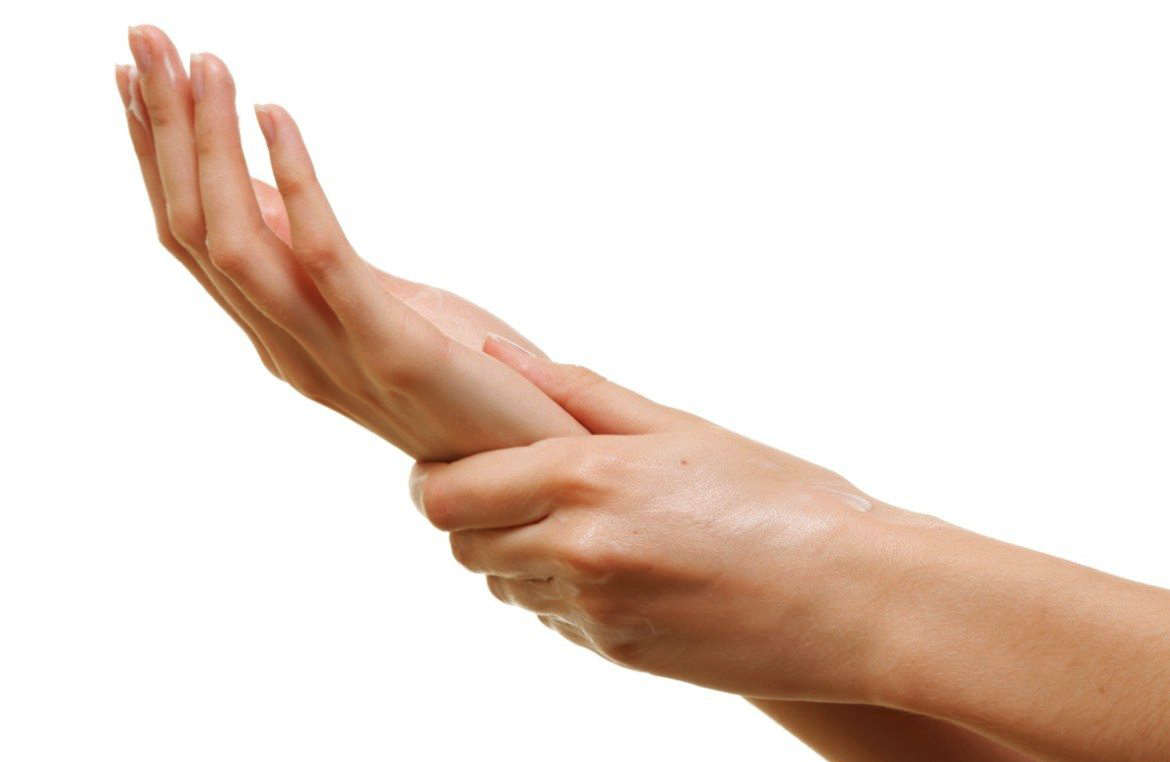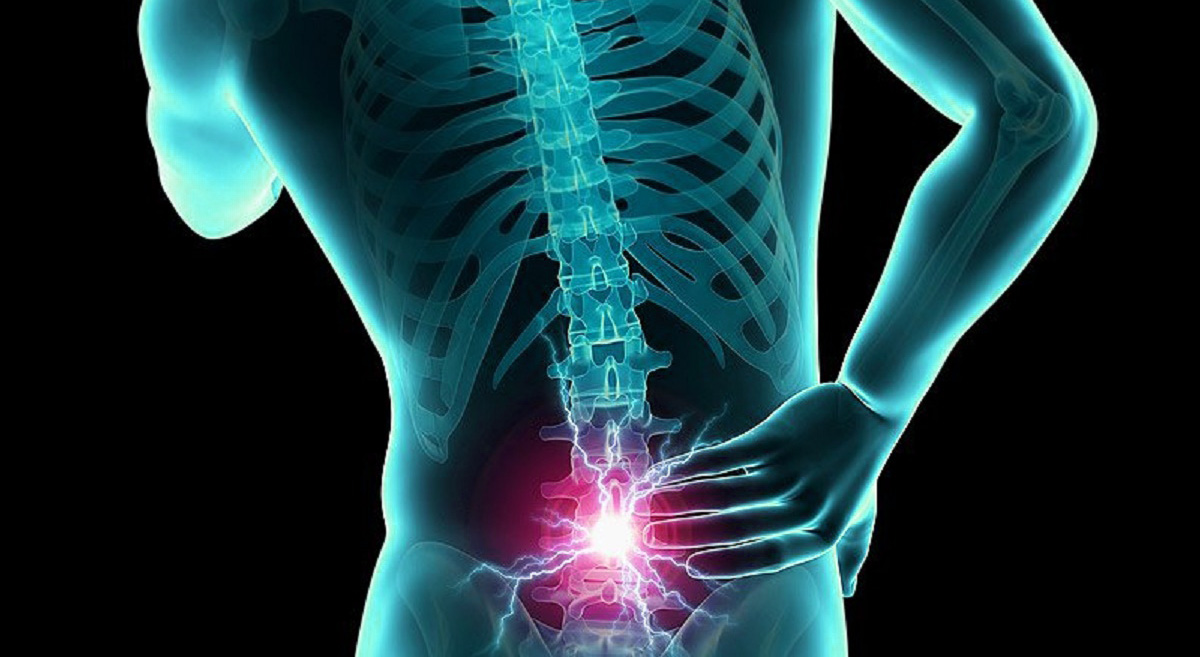[et_pb_section bb_built=”1″][et_pb_row][et_pb_column type=”4_4″][et_pb_text _builder_version=”3.13.1″]
Gout is a syndrome characterized by repeated episodes of joint pain and inflammation.
It arises as a result of the deposition of uric acid crystals or urate in the joints, preferably in the lower part of the body. Inevitably, this deposit of uric acid crystals is a consequence of hyperuricaemia or high levels of it in the blood. Gout is a more frequent disease in men, with a low incidence of 0.3%, although with a prevalence of around 2%.
The points that are most frequently affected by this type of arthritis are the lower areas of the body, ankles, feet (especially the big toes) and knees, but it also attacks the hands and wrists. High levels of urate do not always lead to gout. This incidence is directly related to uric acid levels, so that it reaches 5% for levels of uric acid in blood higher than 9 mg / dl.
If the hyperuricemia is corrected, the deposits slowly dissolve until disappearing, therefore, it is considered a reversible disease. If this does not happen, the blood overload of uric acid persists, eventually it becomes chronic and nodules are formed around the joint that are known as tophi
Regarding the causes of gout, the fact that the body presents an increase in uric acid can be due to two circumstances: either the body itself generates an excess of the compound, or it has no capacity to eliminate it correctly, that is, there is some failure at the kidney level.
- Diseases of the blood: some diseases of the blood can cause this disease, as in the myeloproliferative syndromes, leukemias, lymphomas, polycythemia vera, et cetera.
- Tumors Some oncological diseases and their treatments can also cause high levels of uric acid and gout, so at the beginning of chemotherapy sessions this should be taken into account and prevented.
- Drugs: the so-called cytostatic drugs, mostly used to treat cancer, can trigger this syndrome. Some drugs for the treatment of the AIDS virus can also generate episodes of gout. And some diuretics have also been linked to this mechanism.
- Diet: it is a well-known factor as a producer of hyperuricemia and gout. Historically this disease was related to kings and nobles, who at the time were the only ones with access to meat and foods rich in purines, as well as alcoholic beverages such as beer (often used to abuse their consumption), which increase the risk of suffering the illness. Currently this factor continues to make it more prevalent in the western world.
- There is a hereditary factor, so that individuals with a genetic predisposition should take special care when committing excesses with foods such as seafood, red meat, pork, certain fish, and so on. All these foods have the common characteristic of being rich in purines; these, when metabolized by the organism, give rise to uric acid. In these people with familial involvement, the mechanism is usually a defect in the renal elimination of uric acid.
The treatment applied to gouty patients is aimed at minimizing the ailments derived from the disease, decreasing the levels of uric acid in the blood, and avoiding, as far as possible, the reappearance of the attacks.
Always take care of your health with a unique and efficient service. Visit Pharmamedic.
[/et_pb_text][/et_pb_column][/et_pb_row][/et_pb_section]






